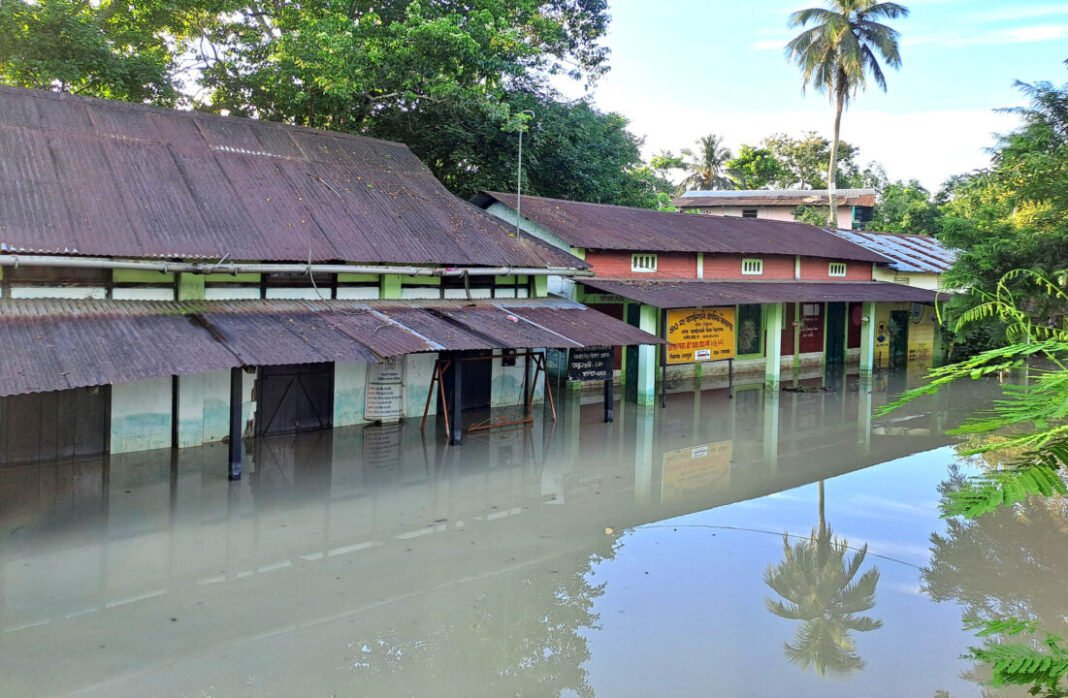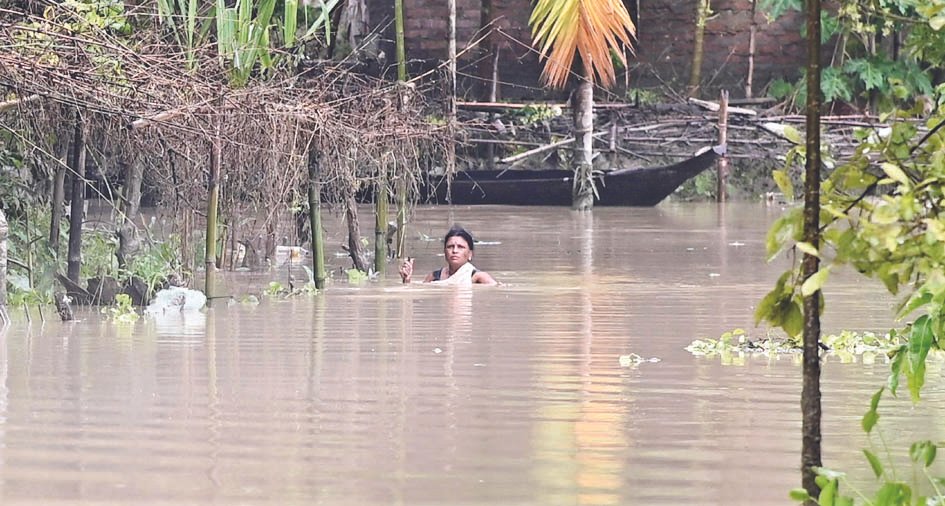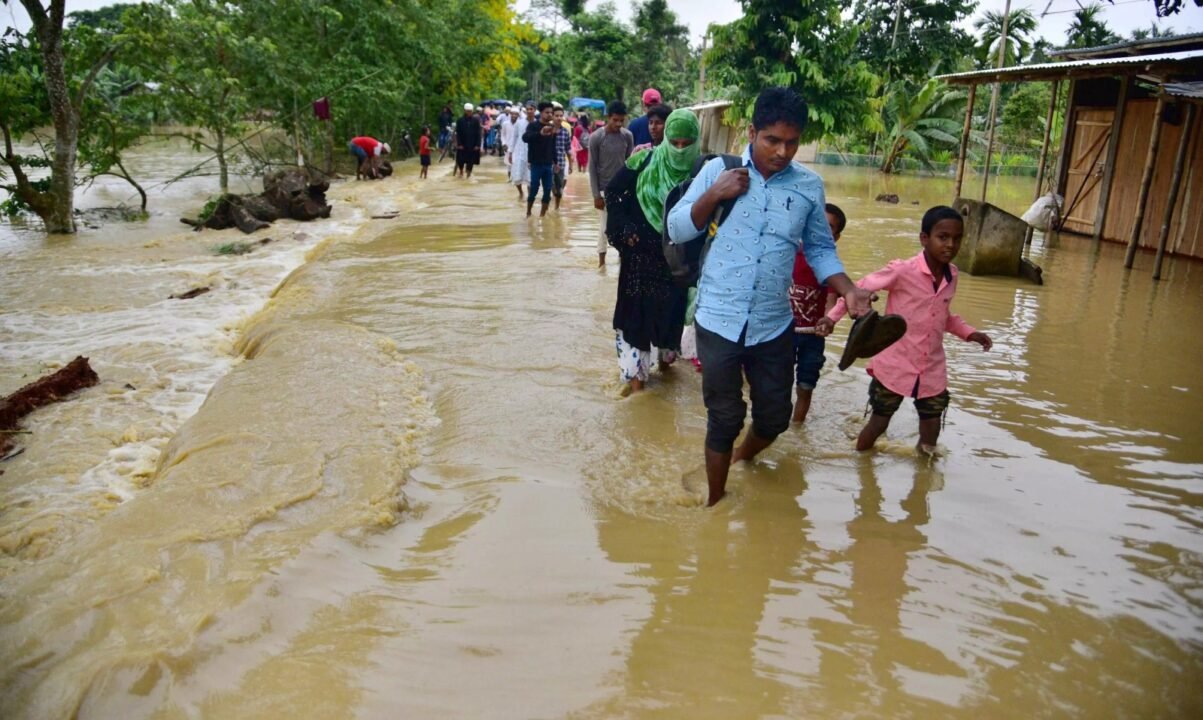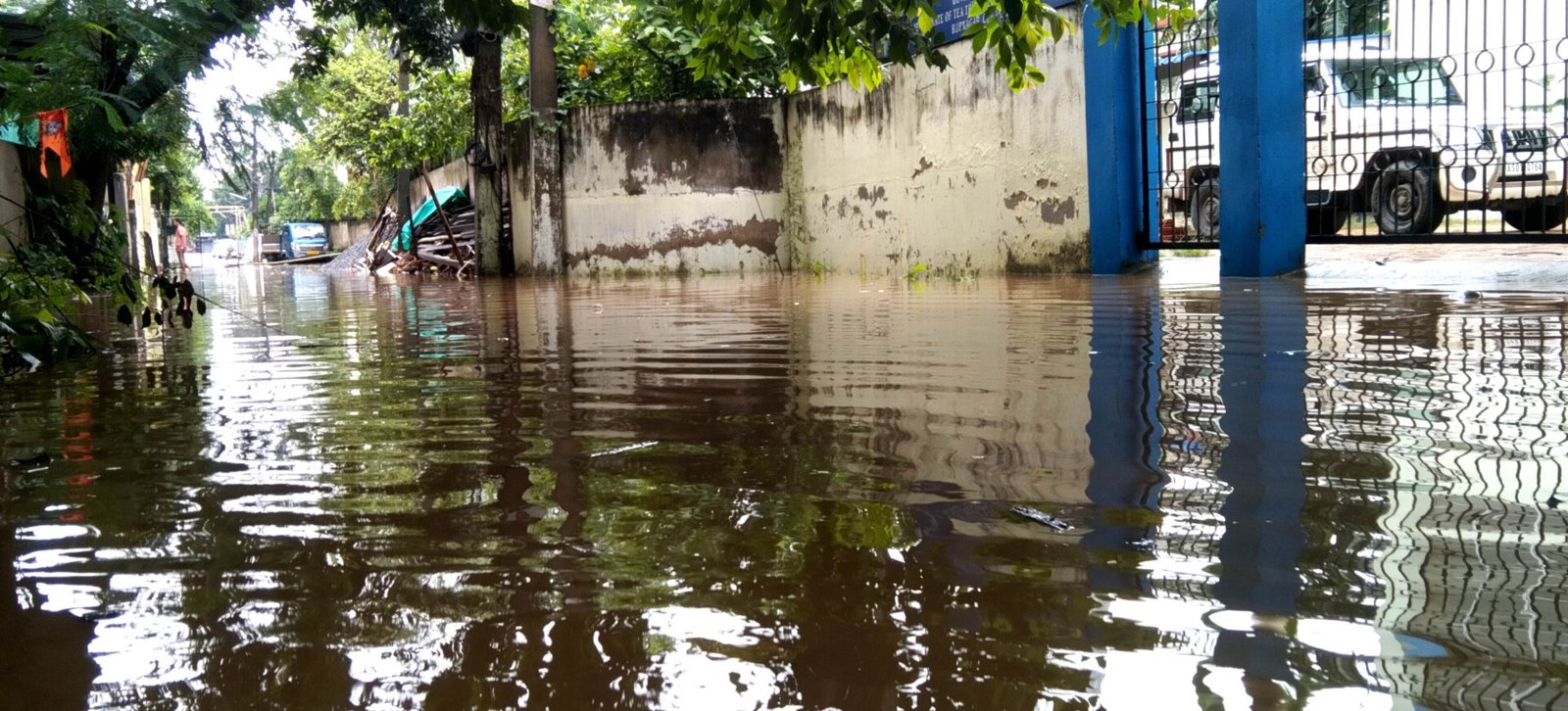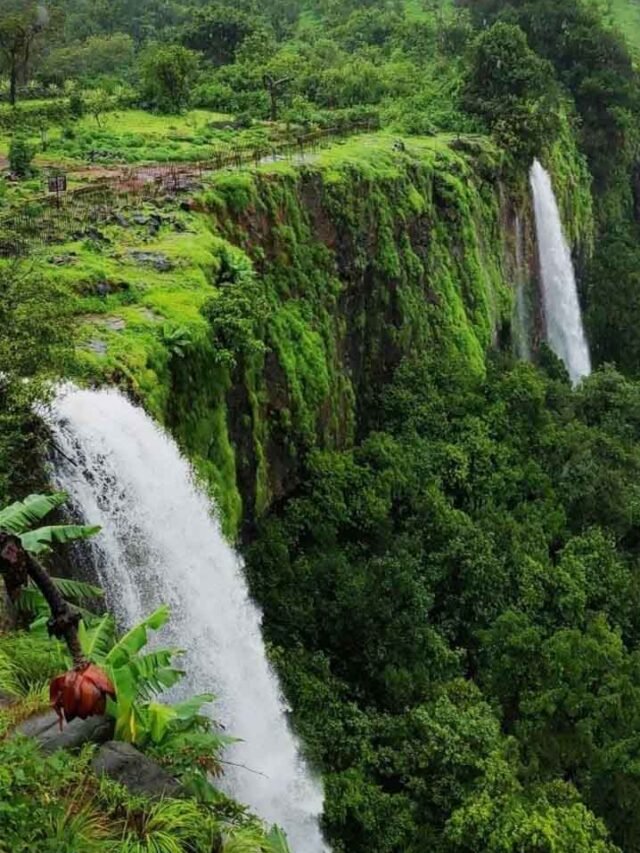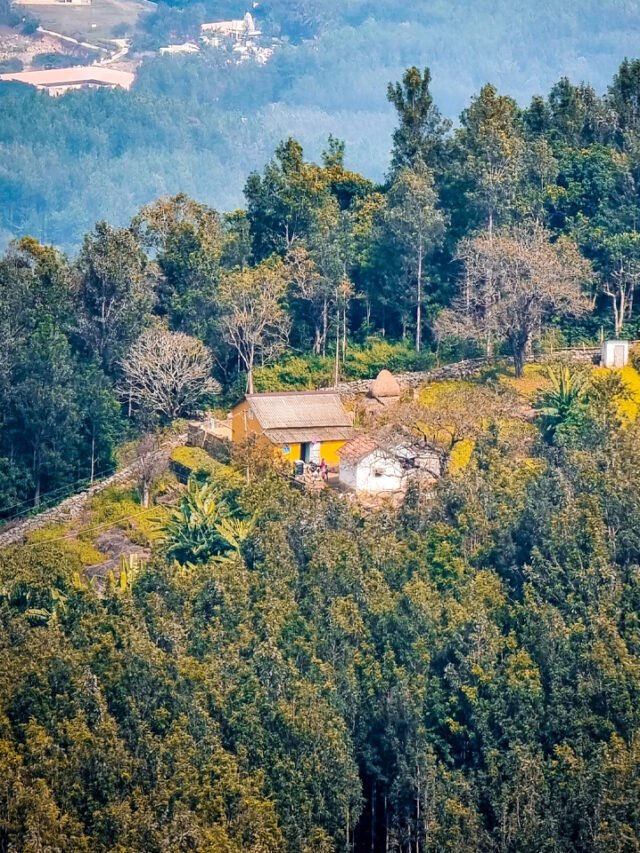HT Bureau
GUWAHATI, July 17: The flood situation in Assam has reached alarming proportions, with over 1.11 lakh people bearing the brunt of the deluge across 17 districts and subdivisions. As the waters continue to rise, a fresh fatality was reported from Sivasagar district, pushing the death toll to eight in this year’s devastating floods.
Rivers in the region have swelled beyond their capacity, with the Dikhou river in Sivasagar currently flowing above the highest flood level. The Disang river at Nanglamuraghat and the Brahmaputra river at Dhubri, Tezpur, and Nimatighat have also breached the danger level, exacerbating the flood crisis.
According to the Assam State Disaster Management Authority (ASDMA), the worst-affected district in the current wave of floods is Golaghat, where a staggering 31,540 people have been affected. Sivasagar follows closely behind with 27,641 affected individuals, while Dhemaji reports 25,730 affected people. To provide relief and support, the state government has established 21 relief camps, accommodating 3,152 flood-affected individuals, and has set up 64 relief distribution centers across the affected areas.
As the floodwaters continue to wreak havoc, 441 villages remain submerged, and approximately 3,653.45 hectares of agricultural land have been devastated. The floods have also inflicted significant damage to roads, embankments, and infrastructure in various districts, including Biswanath, Bongaigaon, Dhemaji, Dhubri, Kamrup (M), Morigaon, Chirang, Golaghat, Udalguri and Lakhimpur.
Furthermore, the relentless floods have triggered erosion in several districts and subdivisions, including Barpeta, Biswanath, Bongaigaon, Dibrugarh, Kamrup, Lakhimpur and Nalbari, posing further challenges for the affected communities. The toll on wildlife has been significant, with over 91,750 animals impacted by the floods.
Despite the challenges, the state authorities remain vigilant, monitoring the flood situation closely, and providing necessary assistance to those affected. However, the impact of the floods on livelihoods, infrastructure, and the overall well-being of the affected population remains a significant concern.
In addition to the flood crisis, Assam faces a new weather forecast. The India Meteorological Department (IMD) predicts a decrease in rainfall and a subsequent rise in temperatures during the second half of the month. The weekly forecast suggests below-normal rainfall between July 21 and July 27, with Guwahati expected to witness temperatures surpassing 36 degrees Celsius during the day.
During the week ending July 12, rainfall deficit in the state was minus 33 percent. Against the normal of 110.9 mm, the state received only 74.6 mm rainfall during the week.
However, monsoon rainfall in the state has been so far near normal. The state recorded 576.88 mm rainfall against the normal of 605.9 mm since June 1.
During the monsoon season so far (since June 1), two districts – Baksa and Karimganj – received excess rainfall, 17 recorded normal rainfall, while eight – Bongaigaon, Darrang, Hailakandi, Jorhat, Kamrup (Metro), Kamrup, Dima Hasao and Nagaon – received deficient rain.
As Assam battles with one of its worst flood situations, urgent measures are required to mitigate the damages caused by the incessant rains and rising waters. The government and relief agencies are working tirelessly to provide relief materials, shelter, and medical aid to the affected communities. The resilience and strength of the people of Assam will be tested once again as they strive to recover and rebuild in the aftermath of this devastating natural disaster.


